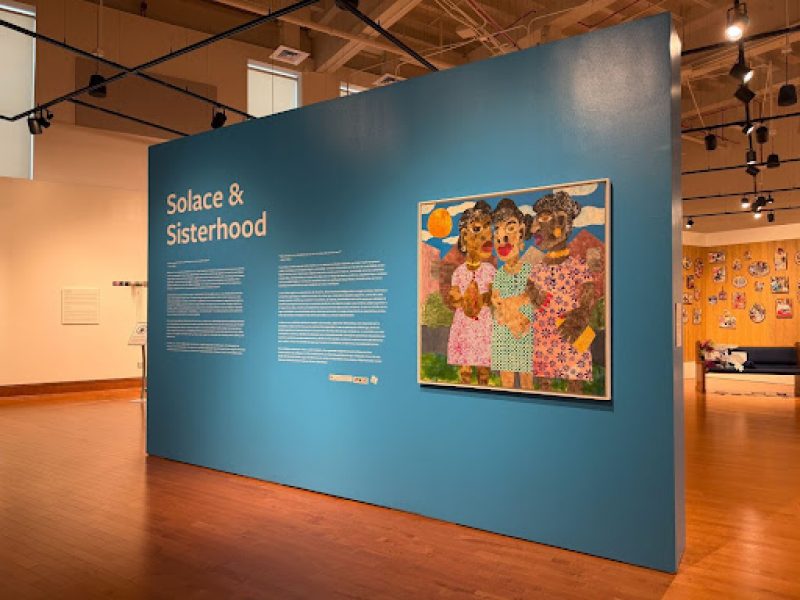From Game of Thrones’ Joffrey Baratheon to Shameless’ Frank Gallagher, characters we love to hate can enhance any TV drama. But why?
It seems backwards that we would enjoy purely hateable characters. Moral ambiguity is far more interesting than absolutes, so it seems these purely awful characters should be the least compelling.
In a popular example of good versus evil, The Lord of the Rings establishes morally definite characters. The motives of Sauron and his orcs are not intriguing — the most interesting characters are Saruman, Theoden, the King of the Dead and other characters who must make difficult ethical decisions.
Taking this to its logical conclusion, the best stories should contain as many morally ambiguous characters as possible. That would maximize the plot twists, the drama and the unpredictability. But a show that is always unpredictable establishes no baseline and the twists pack less of a punch.
To create effective dramatic moments, there needs to be an established norm so deviations from the norm result in excitement for the audience. And here we find the crucial role for these characters that embody evil.
Characters are compared on a sliding scale of morality, so the despicable actions of Dolores Umbridge contrast directly with the endearing mannerisms of Hagrid in the Harry Potter series. Without Umbridge, Hagrid would not seem so friendly. Without Hagrid, Umbridge’s horrific acts wouldn’t seem to awful.
We need the upper and lower bounds of morality defined in a story so we can evaluate the actions of characters who live between those moral absolutes. To stick with the Harry Potter example, characters like Snape, Draco Malfoy and even Dumbledor all act with questionable moral fabric, each to different degrees.
Perhaps the poster child of utilizing these moral absolutes is HBO’s Game of Thrones. It presents characters like Joffrey Baratheon and Ramsay Bolton to establish the existence of pure evil in the show, and they establish characters like Brienne of Tarth and Doran Martell to show that there are people who believe in honor and peace, respectively, in the show.
We are able to use these characters as the standards to compare the ethically muddled characters to. The well-intentioned but perhaps misguided Beric Dondarrion and Jeor Mormont, the ruthless Stannis Baratheon and Ellaria Sand, and the murderous yet misunderstood Sandor Clegane and Tormund Giantsbane.
Without a sense of the moral highs and lows of a narrative, it is difficult to evaluate each character’s conduct. These characters advance the narrative far more than absolutes of purity and corruption. These representations of the story’s standards act as a canvas on which we can place the different characters as we see fit.
While tales of absolute good and evil are simple to follow, a more cerebral audience will seek the blurred lines of a complex narrative. And that narrative still needs good and evil, even if the story calls for much more.



